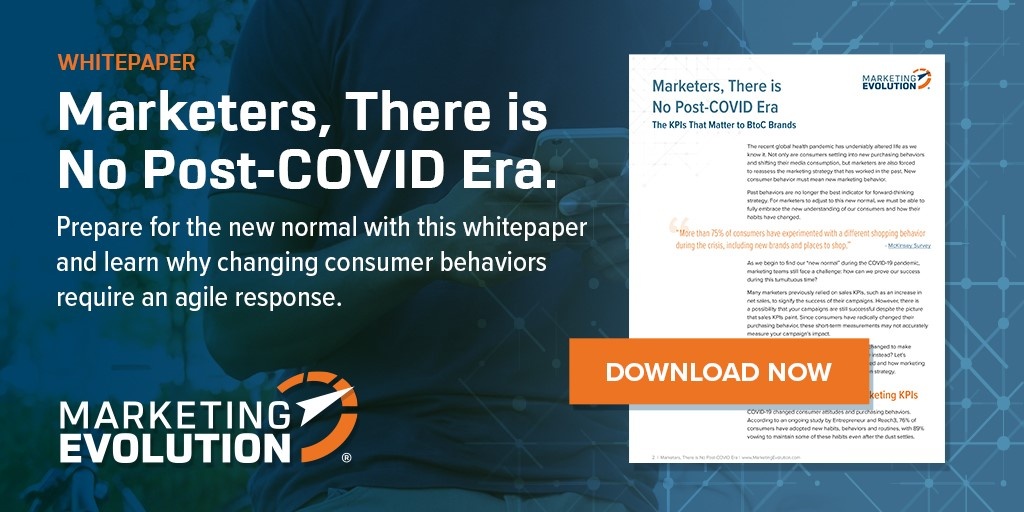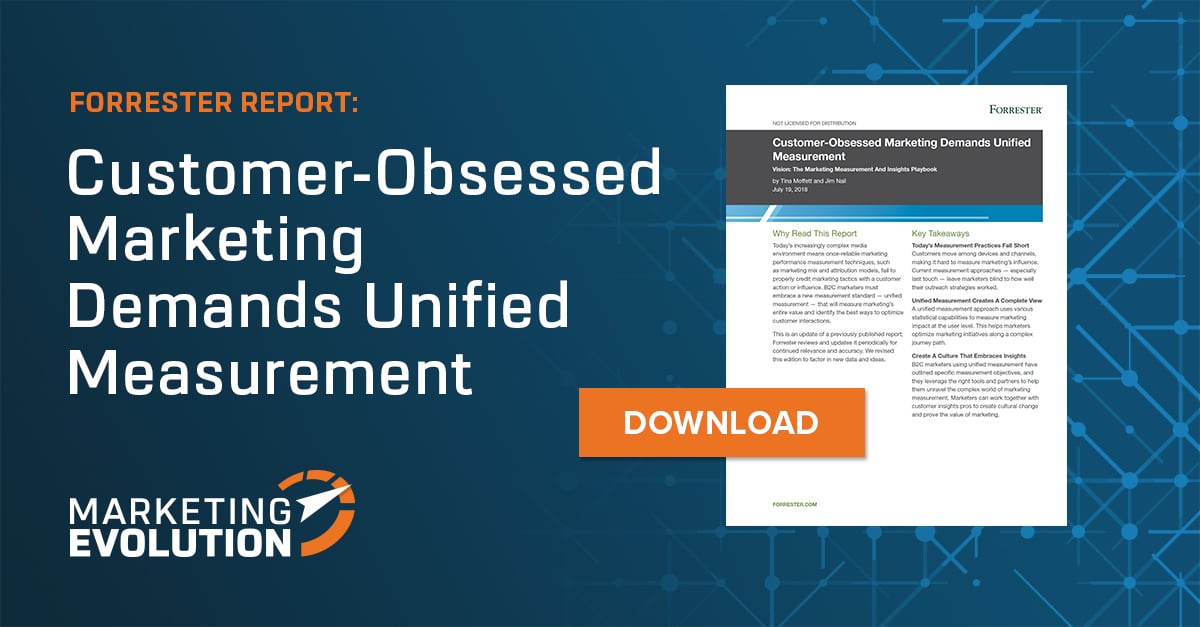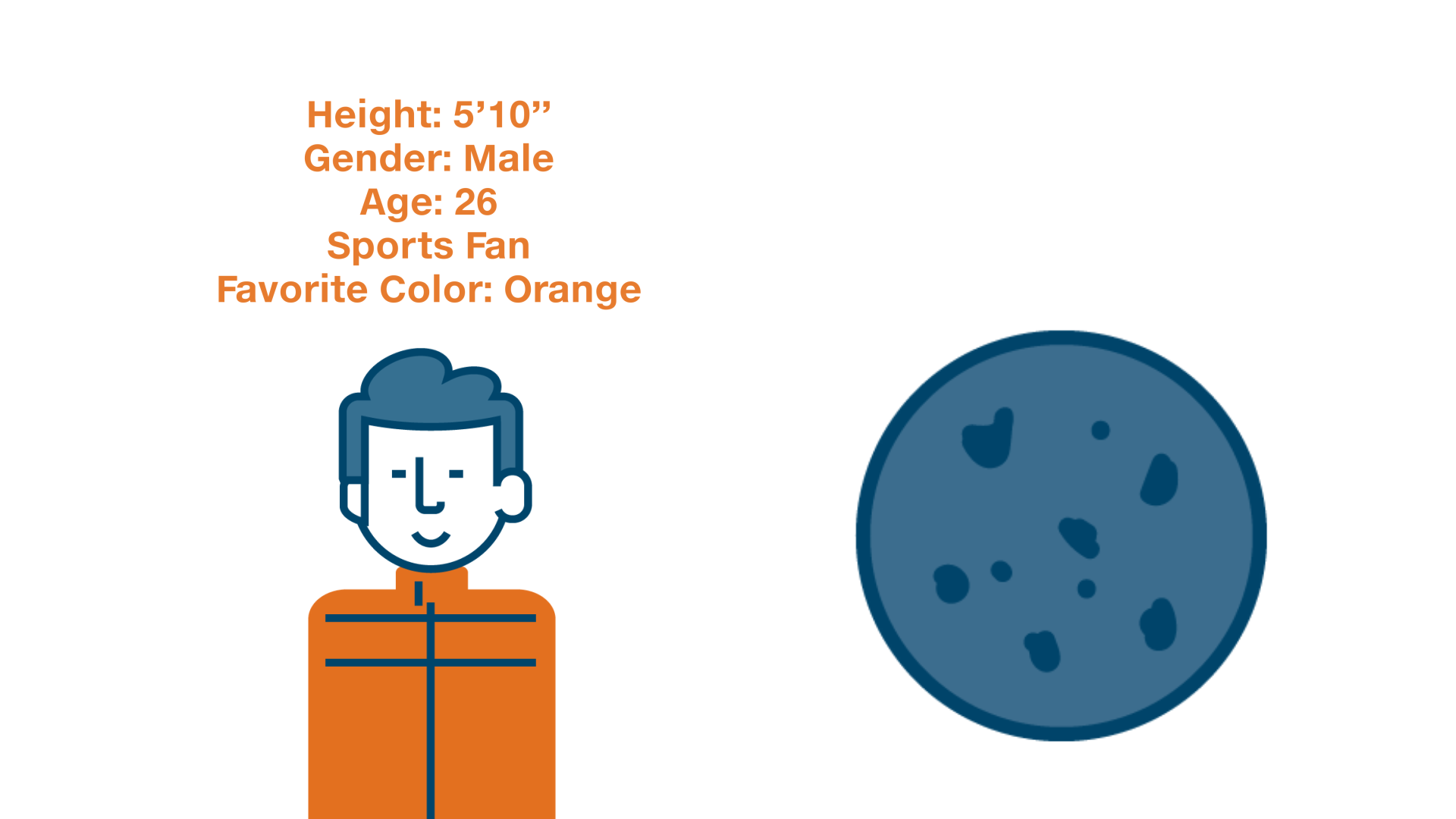The Importance of Flexibility in Marketing Analytics
Learn how Regions Bank Perfected their customer journey
Between COVID-19, social upheaval, and renewed interests in consumer privacy, one thing has become clear: The business environment is changing, and the current state of marketing analytics is struggling to keep pace with these changes. Data provides a solution to these changes, as it provides insights into trends and uncertainties to reduce errors in decision making – but many marketers believe they need to change how this data is analyzed.
In May 2020, Gartner reported that nearly 30 percent of marketing leaders believe that a lack of agile and flexible analytics is negatively impacting marketing execution. In the past, marketers could easily derive relevant, actionable insights from historical data, but COVID-19 has disrupted the status quo. Now, marketers need to keep up with consumer attitudes that can drastically shift on a week-by-week basis.
Marketers should invest in a flexible analytics solution that can separate relevant data from irrelevant data and change the affected areas of their strategy as needed. Let’s take a closer look at why flexibility in marketing analytics is important, and how it works.
Distinguishing and Analyzing Relevant Historical Data
Flexible marketing analytics will help your marketing and media plans become resilient to changes in the data ecosystem by separating useful, relevant data from irrelevant data that can lead your campaigns astray. This is necessary because marketers can’t completely disregard historical data. Doing so would require them to base their entire campaigns on small sets of data every time that market dynamics shift. It’s simply too time consuming and depending on a limited quantity of data can produce unreliable insights.
So, this poses the question: How could a flexible marketing solution avoid irrelevant historical data while extracting the most important insights from past campaigns?
Bayesian learning and forgetting provides an answer. This model compares existing historical data to new data, and determines which new insights are important to note, and which historical insights are no longer relevant. As you feed more data into the model, it will consistently evaluate information about your marketing efforts and reinforce consistent information while disposing of old, irrelevant data that is scarcely observed.
Think about how a brewery could use this information – previously, part of their target audience may have been professionals that want a cold beer after a long day of work. In the beginning of 2020, this likely meant visiting a restaurant or bar with friends to unwind. However, mere months later, these consumers stopped visiting bars altogether. This doesn’t mean they’re no longer interested in your product, or no longer interested in drinking after a long day. It only means they are no longer visiting bars. Bayesian learning and forgetting would quickly make this connection, and suggest that you redirect your spending towards selling bottled six- packs so customers know they can enjoy your beverages from the comfort of their home.
Detecting Changes in Consumer Attitude by Region
Sales funnels can look different depending on geographic region – especially when it comes to consumers reacting to COVID-19. While one state is fully open for business, another state might still strictly enforce social distancing guidelines. These attitudes and guidelines are in constant flux, too, as a resurgence of coronavirus cases may cause consumers to retreat back into their homes.
To stay on top of these changes, your marketing strategy needs to look different depending on the region it’s deployed in. Take into account the aggregate insights that those regions produce and use those to provide recommendations on a geographic level. Then, make sure you’re using a Bayesian framework to rule out any temporary changes in consumer attitudes, and discover new trends in their behavior based on unique geographic circumstances. This method will prove to be far more effective than simple conjecture.
Let’s look back to the beer example -. People are still drinking beer, even if this isn’t at the bar. There are some regions where bars and restaurants are fully open, and customers are lining up to partake. However, don’t assume that your customers are back at the bar just because they are open – they may continue to avoid bars on their own volition. Instead, use a flexible marketing solution to detect if your target market is interested in visiting bars and restaurants. If your target audience isn’t able or willing to drink beer at a restaurant, you will want to hold off on advertisements that ask your customers to order a pint next time they’re out on the town.
Confronting Privacy Concerns
Consumers are demanding more privacy, and media companies as well as technology vendors are meeting that demand by restricting marketers’ ability to access some types of consumer data. For instance, note how Apple recently made ad targeting opt-in while making it more difficult for apps to collect information from its users.
However, at the same time, 63 percent of consumers expect to receive personalized outreach and product recommendations that are relevant to them. This dissonance is providing a significant challenge for marketers – how can they provide timely targeted outreach when granular data is progressively becoming harder to come by?
A flexible marketing analytics platform can help remedy these privacy concerns, too. These solutions should allow you to analyze both small and large datasets from a variety of courses, and offer accurate identity resolution in a timely manner, even if several touchpoints in the customer’s journey have gone silent. This will give marketers more opportunities and methods to break down campaigns based on geography or other defining customer traits, even as the privacy environment continues to change.
Final Thoughts
It can be risky to implement a new form of marketing analytics, but this uncertain time should provide a justification to bring in a new, fast-paced, flexible framework to enable better marketing decisions. Many marketers are aware that the status quo isn’t working, and others are becoming wise to the idea that the status quo may never return.
The world will never stop changing, and 2020 won’t be the last year that shakes up consumer attitudes. To ensure you’re getting a truly flexible marketing analytics solution, invest in a closed-loop performance management, activation, and evaluation solution that utilizes the Bayesian learning and forgetting framework. This will help you create a data-driven marketing plan that won’t simply keep up with changes caused by COVID-19 – it will ensure your team is ready for any unforeseen disruptions on the horizon and help your brand consistently stay on the pulse of consumer demands.





















